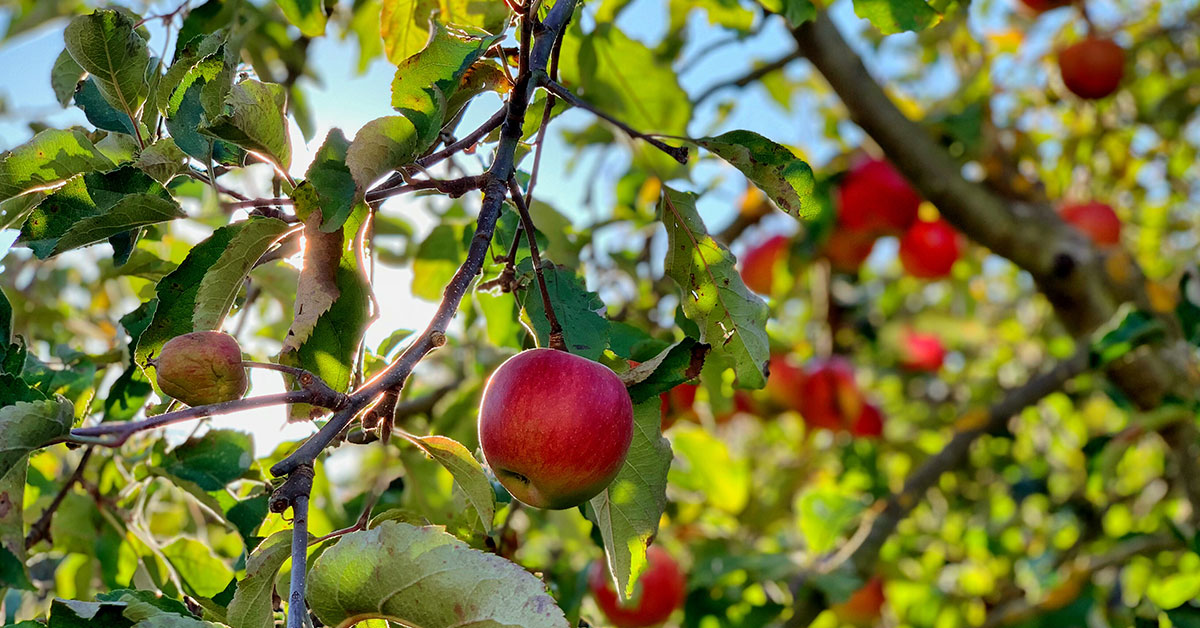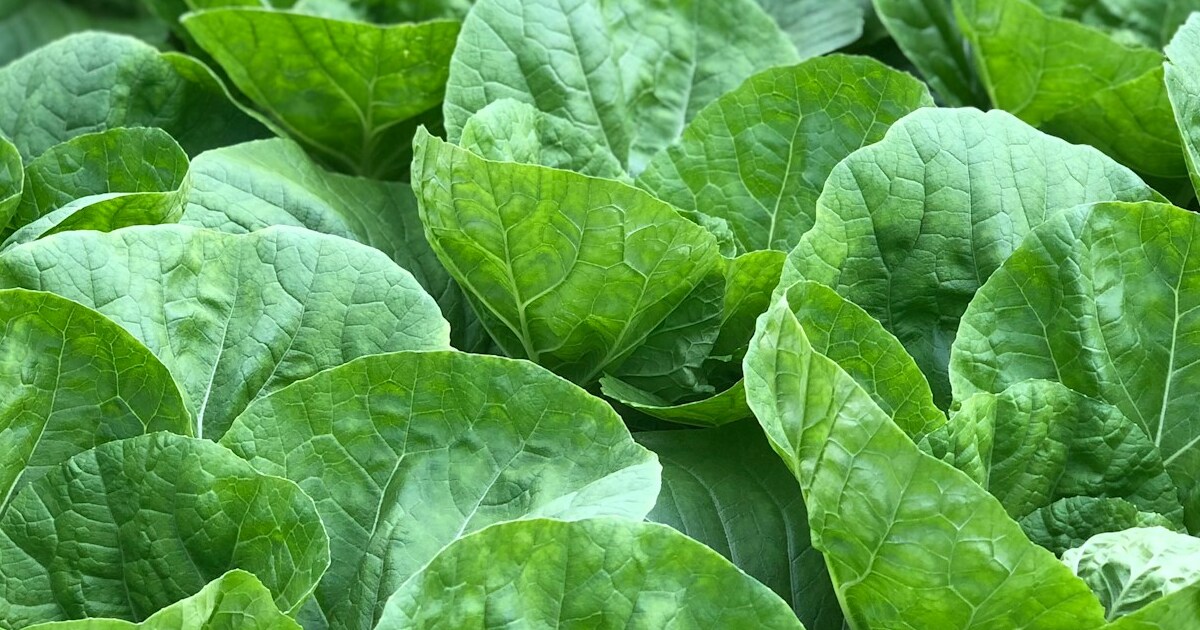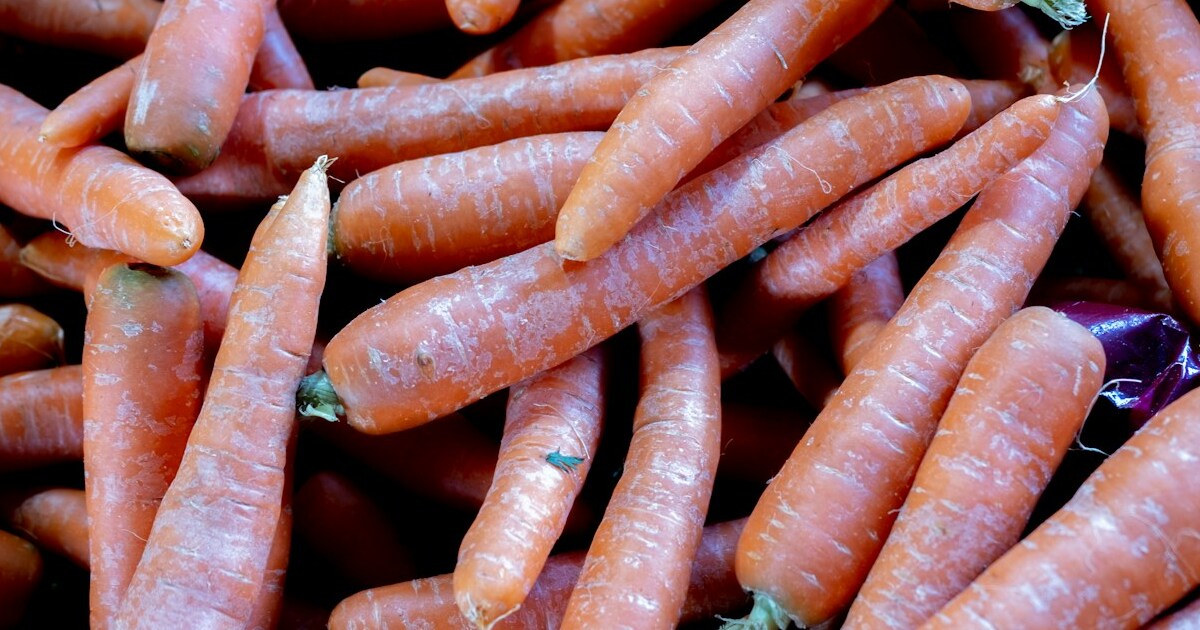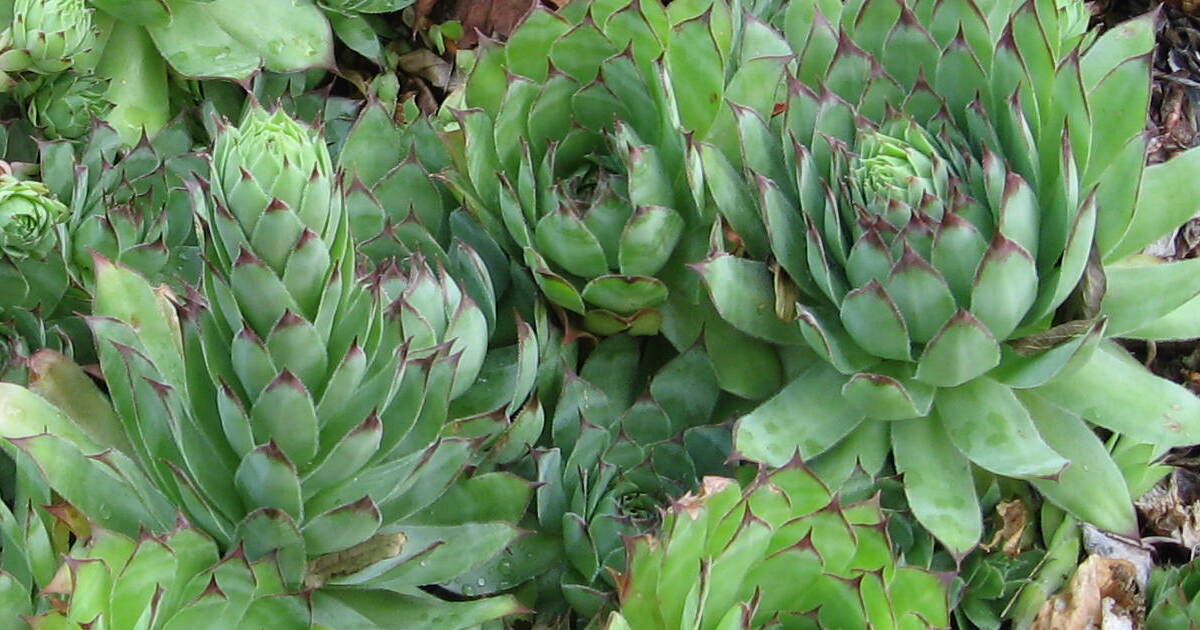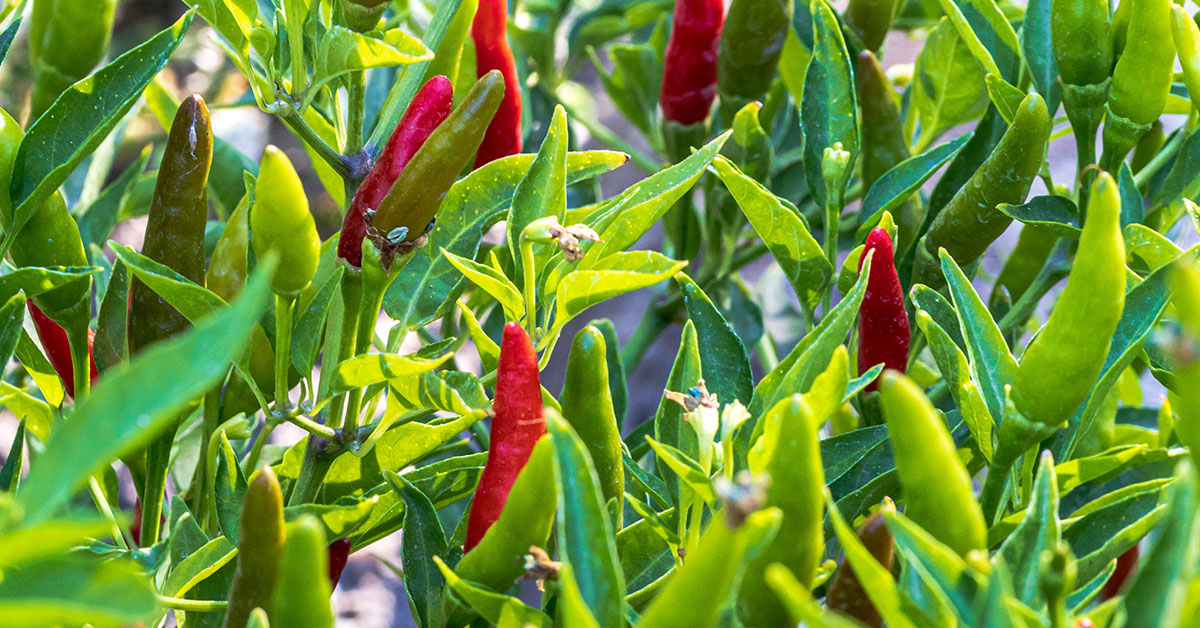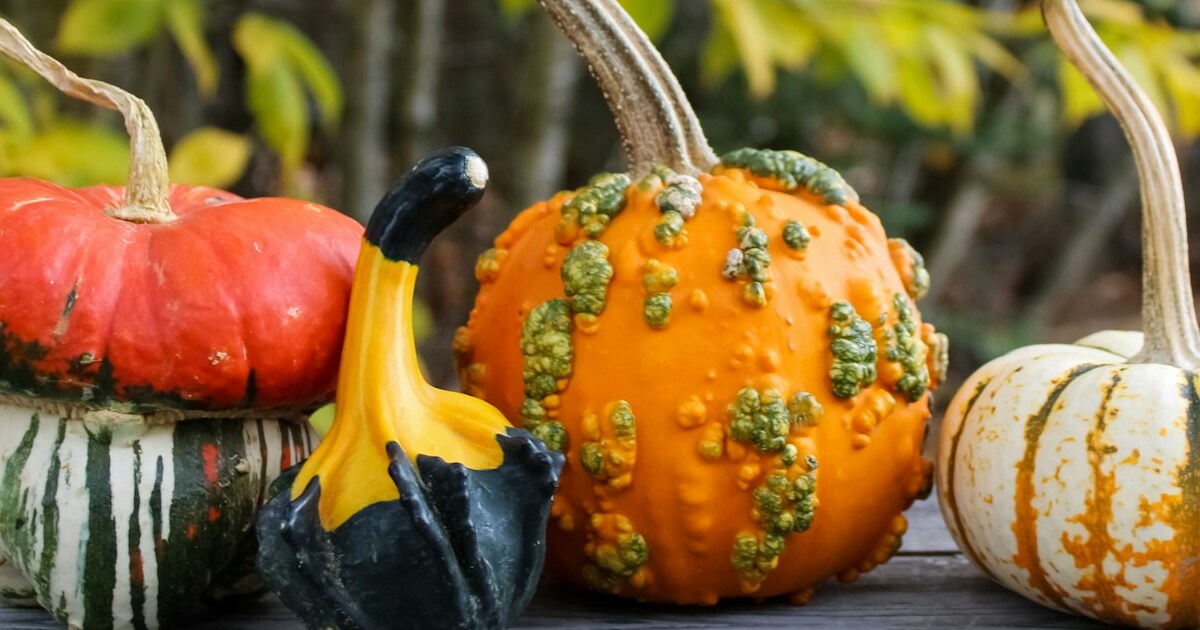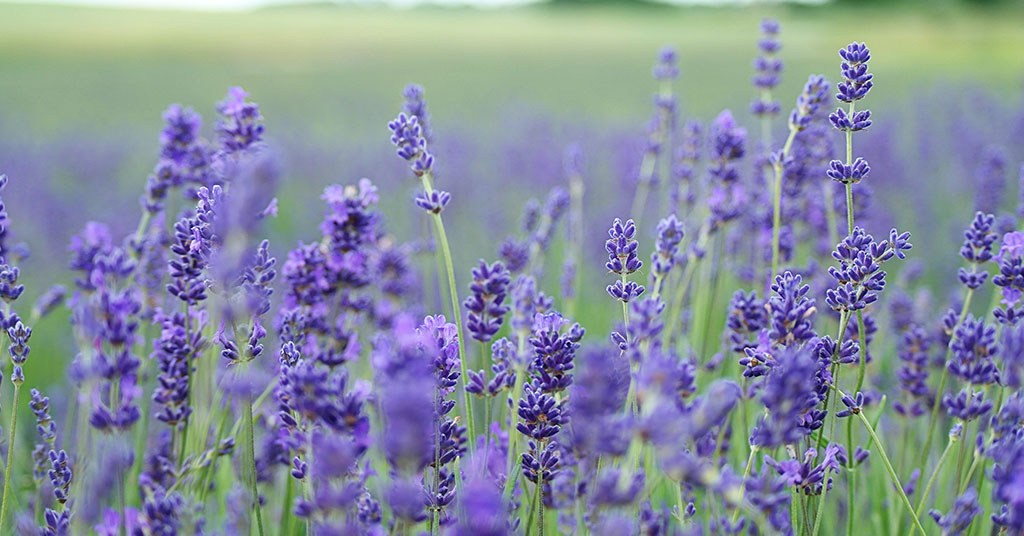Welcome to our comprehensive guide on the best fruit trees to grow in Maryland! If you are an avid gardener or simply someone who enjoys the taste of fresh, homegrown fruit, then you have come to the right place. Maryland’s climate and soil conditions make it an ideal location for growing a wide variety of fruit trees.
Whether you have a sprawling backyard or a small urban garden, there is a fruit tree that will thrive in your space. In this article, we will explore some of the top fruit trees that are well-suited to Maryland’s unique growing conditions.
From the classic apple and cherry trees to lesser-known varieties like pawpaw and persimmon, we will provide you with all the information you need to successfully cultivate a fruitful garden in the Old Line State. So, let’s dive in and discover the best fruit trees to grow in Maryland!
The best fruit trees to grow in Maryland
When it comes to growing fruit trees in Maryland, it is essential to choose varieties that are well-suited to the region’s climate and growing conditions. The best fruit trees to grow in Maryland are those that can withstand the state’s hot summers, cold winters, and occasional late spring frosts. Here are some top recommendations for fruit trees that thrive in Maryland:
- Apple Trees: Apples are a popular choice for Maryland gardeners due to their versatility and adaptability. Varieties such as ‘Honeycrisp,’ ‘Fuji,’ and ‘Granny Smith’ perform exceptionally well in the state’s climate. They require full sun, well-drained soil, and regular pruning to ensure optimal growth and fruit production.
- Peach Trees: Peaches are another excellent choice for Maryland gardeners, as they can tolerate the state’s hot and humid summers. Varieties like ‘Redhaven,’ ‘Elberta,’ and ‘Reliance’ are known for their delicious flavor and ability to thrive in Maryland’s climate. It is important to note that peaches require regular spraying to prevent diseases common in humid environments.
- Pear Trees: Pears are well-suited to Maryland’s climate, particularly European varieties such as ‘Bartlett,’ ‘Anjou,’ and ‘Bosc.’ These trees require full sun and well-drained soil to flourish. Additionally, planting two different pear varieties nearby is necessary for cross-pollination and optimal fruit production.
- Cherry Trees: While cherries can be a bit challenging to grow in Maryland, some varieties can still thrive with proper care. Tart cherries, such as ‘Montmorency’ and ‘Balaton,’ are more suitable for the state’s climate than sweet cherries. These trees require well-drained soil, full sun, and protection from late spring frosts.
- Plum Trees: Plums are a great addition to any Maryland garden, with varieties like ‘Stanley,’ ‘Methley,’ and ‘Shiro’ being well-suited to the state’s climate. Plum trees require full sun and well-drained soil, and they benefit from regular pruning to maintain their shape and promote fruiting.
Remember that successful fruit tree cultivation in Maryland also depends on proper planting techniques, regular watering, fertilization, and pest management. It is advisable to consult local nurseries or agricultural extension services for specific recommendations based on your location within the state. By selecting the best fruit trees to grow in Maryland and providing them with the care they need, you can enjoy a bountiful harvest of delicious homegrown fruits.
Avoid growing these fruit trees in Maryland
When it comes to selecting fruit trees for your garden in Maryland, it is essential to choose varieties that are well-suited to the region’s climate and growing conditions. While there are several fruit trees that thrive in Maryland, there are a few varieties that should be avoided due to their susceptibility to diseases or inability to withstand the local climate.
Citrus trees, such as oranges, lemons, and grapefruits, should generally be avoided in Maryland. These trees require a warm and tropical climate, which is not typically found in the state. Maryland’s cold winters and fluctuating temperatures make it challenging for citrus trees to survive and produce fruit.
Similarly, avocado trees are not recommended for Maryland gardens. Avocado trees are native to warm regions and require a long growing season with consistent temperatures. The cold winters and shorter growing season in Maryland make it difficult for avocado trees to thrive and bear fruit.
Peach trees can also be challenging to grow in Maryland. While some peach tree varieties can tolerate colder temperatures, they are prone to diseases such as peach leaf curl and brown rot. These diseases can severely impact the health and productivity of peach trees in the region.
Lastly, olive trees are not well-suited for Maryland’s climate. Olive trees require a Mediterranean-like climate with mild winters and hot, dry summers. Maryland’s humid summers and cold winters make it difficult for olive trees to survive and produce a significant harvest.
To ensure successful fruit tree cultivation in Maryland, it is best to focus on varieties that are well-adapted to the region’s climate and disease-resistant. By selecting the best fruit trees to grow in Maryland, gardeners can enjoy a bountiful harvest while minimizing the challenges associated with unsuitable tree varieties.
Fruit tree growing tips for Maryland
Growing fruit trees in Maryland can be a rewarding and fruitful endeavor. However, it is important to choose the right fruit trees that are well-suited to the climate and growing conditions of the region. Here are some tips and best practices for successfully growing fruit trees in Maryland:
- Choose the right fruit trees: The best fruit trees to grow in Maryland are those that are hardy and can withstand the state’s variable climate. Some excellent choices include apple trees, peach trees, cherry trees, pear trees, and plum trees. These trees are well-adapted to the region and can thrive in Maryland’s growing zones.
- Consider disease resistance: When selecting fruit trees, it is advisable to choose varieties that are resistant to common diseases and pests prevalent in Maryland. This will help minimize the need for chemical treatments and ensure healthier trees. Look for disease-resistant varieties of apple trees, such as ‘Liberty’ or ‘Enterprise,’ and peach trees, such as ‘Redhaven’ or ‘Contender.’
- Plant in the right location: Fruit trees require full sun exposure to thrive and produce abundant fruit. Choose a location in your garden that receives at least 6-8 hours of direct sunlight daily. Additionally, ensure that the soil is well-draining to prevent waterlogging, which can lead to root rot.
- Prepare the soil: Before planting your fruit trees, it is essential to prepare the soil properly. Conduct a soil test to determine its pH level and nutrient content. Most fruit trees prefer slightly acidic soil with a pH range of 6.0-6.5. If necessary, amend the soil with organic matter, such as compost or well-rotted manure, to improve its fertility and drainage.
- Planting and spacing: When planting fruit trees, follow the recommended spacing guidelines provided by the nursery or the variety you choose. Proper spacing ensures that each tree has enough room to grow and allows for adequate air circulation, reducing the risk of diseases. Generally, fruit trees should be spaced 15-20 feet apart.
- Pruning and training: Pruning is crucial for maintaining the health and productivity of fruit trees. Prune your trees during the dormant season (late winter or early spring) to remove dead, damaged, or diseased branches. Additionally, train your fruit trees to a suitable shape, such as an open-center or central leader system, to encourage proper growth and fruit production.
- Watering and fertilizing: Adequate watering is essential, especially during the first few years after planting. Provide regular deep waterings to establish a strong root system. Mulching around the base of the tree helps retain moisture and suppress weed growth. Fertilize your fruit trees annually in early spring with a balanced organic fertilizer to provide essential nutrients.
- Pest and disease management: Regularly monitor your fruit trees for signs of pests or diseases. Common pests in Maryland include apple maggots, codling moths, and plum curculios. Implement integrated pest management techniques, such as using pheromone traps or applying organic insecticides, to control pests. To prevent diseases, practice good sanitation, remove fallen leaves and fruit, and apply appropriate fungicides if necessary.
By following these tips and best practices, you can successfully grow the best fruit trees in Maryland and enjoy a bountiful harvest for years to come. Remember to stay informed about specific care requirements for the fruit tree varieties you choose and adapt your practices accordingly.


